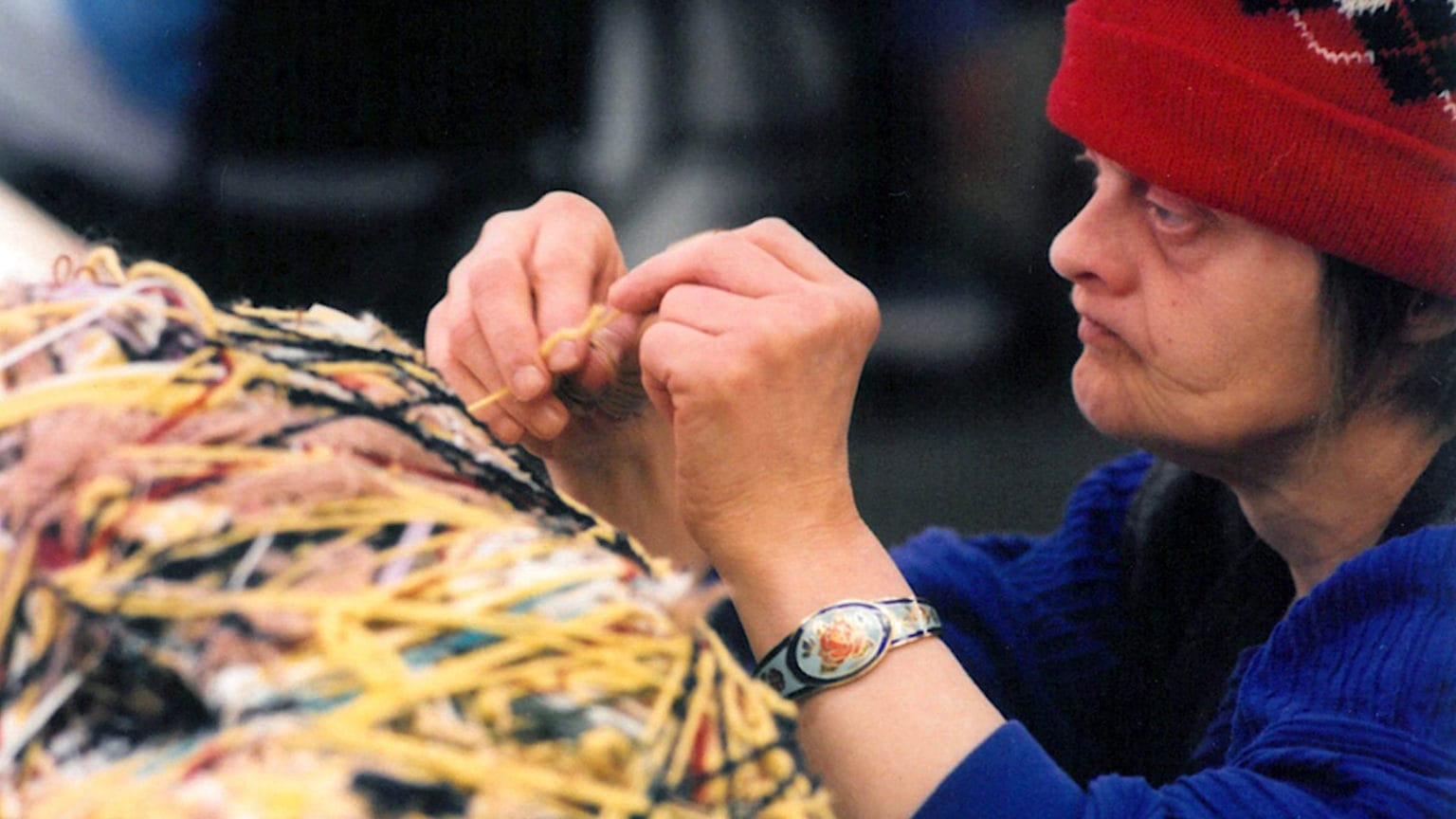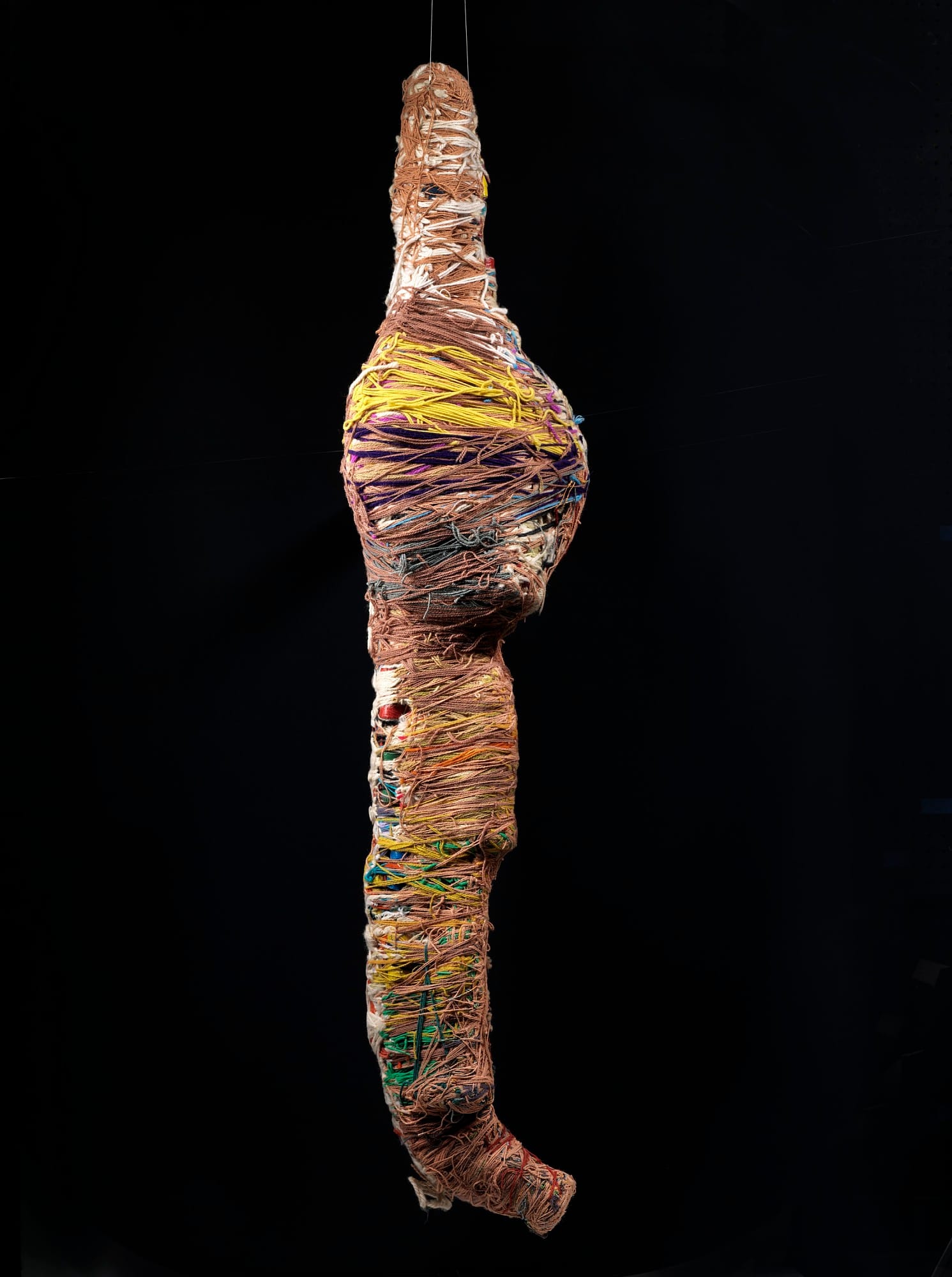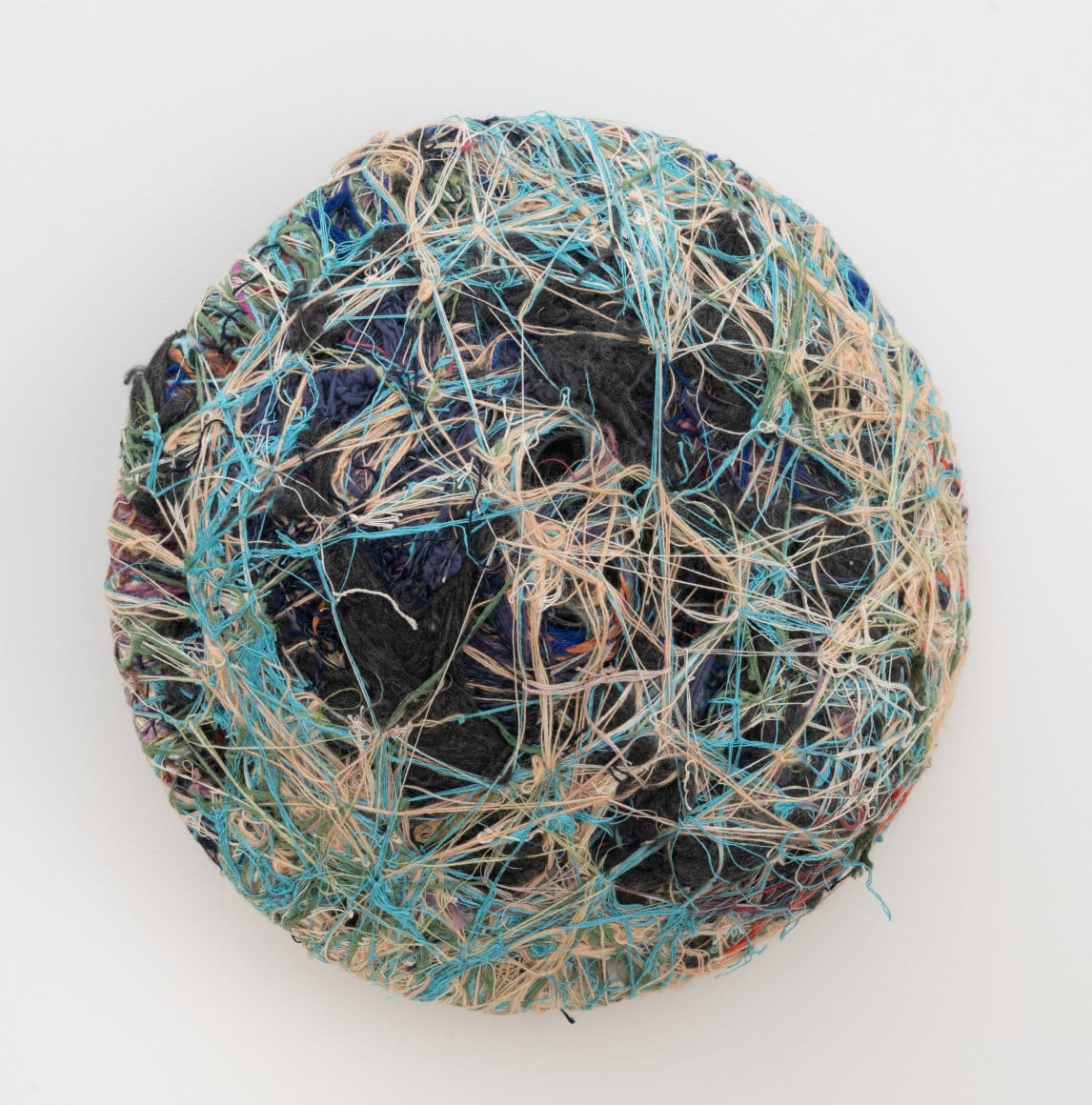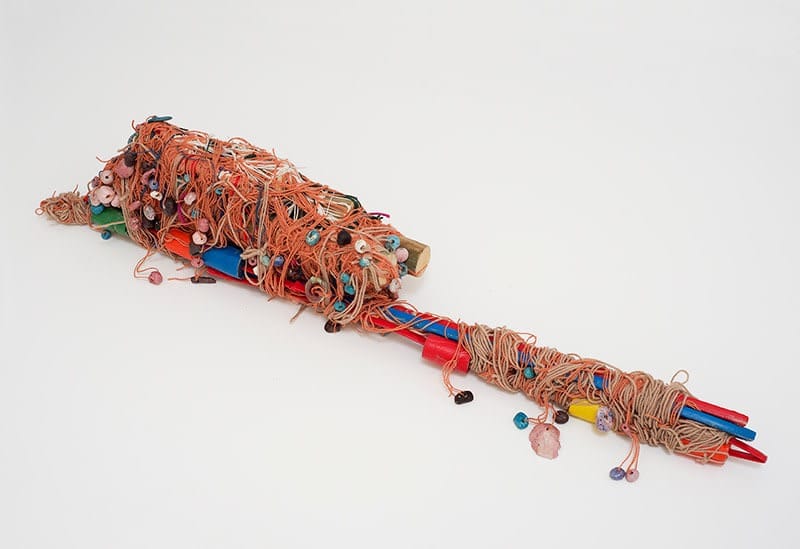Celebrated yarn and textile sculpture artist Judith Scott was born in 1943, deaf and with Down syndrome. This caused her to move from institution to institution for the first 35 years of her life, enduring horrific abuse at the hands of various schools and hospitals. These institutions showed little to no empathy and severely lacked the know-how in caring and interacting with disabled women. One of these institutions even pulled out Scott’s teeth instead of providing the appropriate dental care for her cavity.

In 1987, when she was 44 years old, Scott’s twin sister, Joyce Scott, gained custody of her. Art historians have also noted that by then, the disability rights campaign and the feminist movements of the 1960s and the 1970s had brought on concrete change towards the lives of disabled women. This change in her circumstances allowed Scott to receive the care she needed and deserved. It also helped her pursue her passion for the arts. Scott was eventually enrolled in Creative Growth, an art studio and school in Oakland, California for people with disabilities. Her pieces were raw and reflected her immediate reality of life as a disabled woman. They touched many lives, and needless to say, the rest was history.

Judith Scott’s story and life’s work have since been read as a testament to the importance of the feminist and disability rights movements. They serve as inspirational stories for today’s activists and artists alike. This is why pieces by Judith Scott are relevant to the United Nations Sustainable Development Goals of Gender Equality, Reduced Inequalities and Quality Education.

At Creative Growth, Scott attended a fibre art workshop, which introduced her to her life-long obsession with threads. Each piece Scott made involved threads fastidiously wrapped and pinned around objects, transforming and elevating them into art forms. These pieces could easily be read as bound bodies, a metaphor for Scott’s understanding and perception of her life as a disabled woman in an otherwise unsupportive society.
Still, as her Brooklyn Museum retrospective title, Bound and Unbound alludes to, Scott’s art became a way for her to break away from the constraints that society had placed on her. She could show that nothing, not even her disability, would have stopped her from making inspirational and beautiful works of art.

Judith Scott's life and work are a profound testament to the transformative power of intersectional feminism and inclusive education. Her journey from institutional abuse to artistic acclaim underscores the vital importance of providing compassionate, individualized support for disabled individuals. Scott’s art, created through the meticulous wrapping of threads around everyday objects, not only reflects her personal experiences but also symbolizes the broader struggle and resilience of disabled women. By challenging societal constraints and redefining beauty through her unique perspective, Scott’s legacy continues to inspire activists and artists.
Find out more about textile art and other pieces by Judith Scott on her Art21 page or her Instagram @judithscottart.
